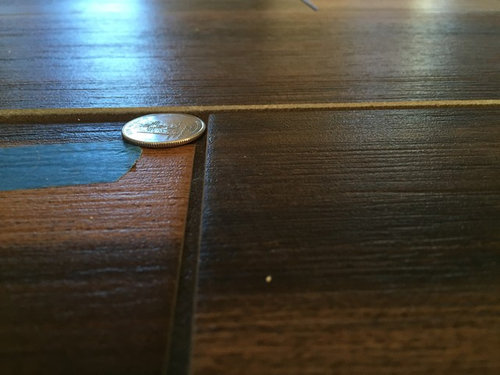There are industry standards for determining whether the amount of lippage is acceptable or excessive.
Acceptable ceramic tile lippage.
When the specification for ceramic tile american national standard was first revised in 1988 large format tiles were 8 in by 8 in and 12 in by 12 in.
We have 40 spots that are at 1 32 lippage and 8 spots that are above.
That suggest that it should not be smaller than that.
The daltile data sheet does say that you can have as small of a grout joint as 3 16 wide.
Lippage refers to differences in elevation between edges of adjacent tile modules.
What percentage of floor tiles that are at the 1 32 limit for lippage is acceptable.
What is acceptable variations in the height of adjoining tiles.
Today however the ceramic tile industry has grown far more complicated as 12 in by 24 in 18 in by 18 in 24 in by 24 in and larger tiles are manufactured in abundance.
Variation in the height of adjoining tiles is called lippage.
The data sheet doesn t indicate whether it.
This is defined in the ansi american national standards institute standard a108 02 section 4 3 7.
There are quantitative industry standards for what is acceptable lippage for ceramic tile.
Imagine a floor where all tiles are at 1 32 lippage.
Lippage is more of a problem with large format tiles because they are harder to set.
Lippage is the vertical displacement between two adjacent tiles of a ceramic glass or stone installation.
The ansi a108 02 standards say that acceptable lippage for floor tiles with a grout joint width of 1 16 to less than 1 4 is 1 32 plus the allowable inherent warpage of the tile.
When excessive this can lead to numerous problems ranging from chipped edges to snagged furnishings and appliances to safety hazards.
I have yet to see the percentage question addressed.
Would it technically be acceptable.
You have a wood look glazed porcelain tile that is 6x24 inches.

